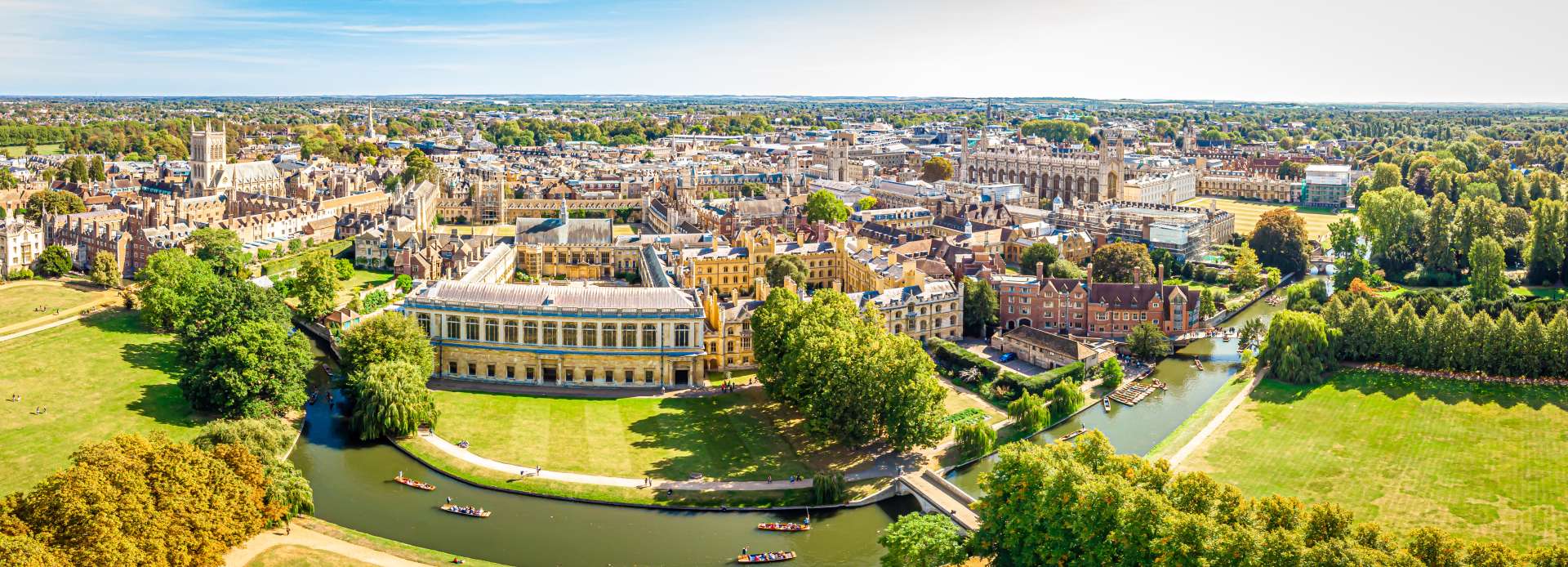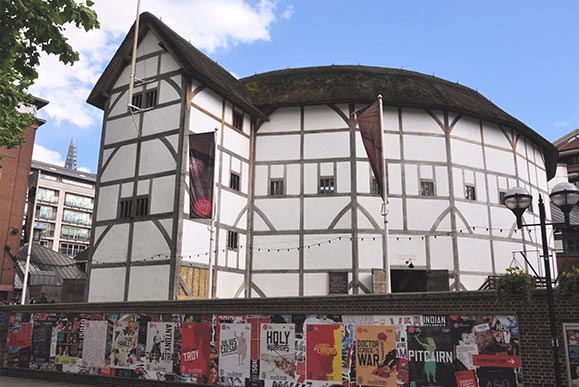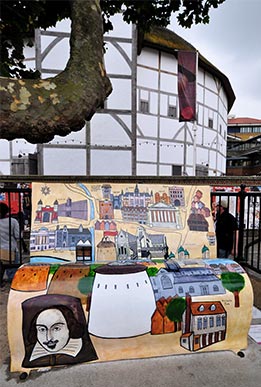
Kirkham Priory — Yorkshire’s Hidden Medieval Treasure
A Tranquil Slice of England’s Monastic Past Kirkham, Malton, North Yorkshire, YO60 7JS
Specification
Kirkham Priory — A Serene Medieval Ruin in Yorkshire’s Countryside
Tucked beside the gentle River Derwent, Kirkham Priory stands as one of Yorkshire’s most peaceful and evocative historic sites. Once home to Augustinian canons, its atmospheric ruins tell stories of devotion, power, and quiet endurance through the centuries.
With its iconic gatehouse, scenic riverside views, and surprising links to World War II, Kirkham Priory is a destination where history and nature meet in perfect harmony.
A Chronicle of Faith and Empire
Founded around 1120 by Walter l’Espec — a Norman nobleman and crusader — Kirkham Priory was dedicated to St Mary and St Augustine. It became a spiritual and economic hub for the region, where monks prayed, studied, and farmed the fertile lands of the Derwent valley.
The priory thrived for over 400 years until 1539, when Henry VIII’s Dissolution of the Monasteries brought an abrupt end to monastic life. The canons were dispersed, and the once grand buildings fell into ruin.
Today, the remnants of the priory church, cloisters, and chapter house still stand, offering visitors a poignant glimpse into England’s medieval soul.
Exploring Kirkham Priory
1. The Magnificent Gatehouse
One of the most distinctive features of Kirkham Priory is its ornate gatehouse — an extraordinary example of English Gothic stonework.
Decorated with shields, carvings of saints, and heraldic emblems, the gatehouse once served as both a symbol of piety and a sign of prestige. Its surviving details remain remarkably intricate, even after centuries of exposure to wind and rain.
2. The Priory Church and Cloisters
Walk through the quiet ruins of the priory church, and you’ll see the outline of its original design — the nave, transepts, and high altar.
Nearby, the cloisters evoke the rhythm of monastic life, where canons once read scripture and tended gardens. The stone pathways still carry the calm of a place shaped by prayer and discipline.
3. Riverside Serenity
The priory’s setting beside the River Derwent makes it one of Yorkshire’s most picturesque heritage sites. On sunny days, reflections of the ruins shimmer on the water, framed by rolling hills and woodland. It’s a perfect spot for photography, picnics, or simply quiet reflection.
A Secret Role in Wartime Britain
During World War II, Kirkham Priory served an unexpected purpose. British forces used its grounds to test amphibious vehicles and landing craft before the D-Day invasion of Normandy in 1944.
This fascinating chapter adds a modern layer to the priory’s story — linking medieval devotion to 20th-century heroism.
Visiting Kirkham Priory
Address: Kirkham Priory, Kirkham, Malton, North Yorkshire YO60 7JS
By Train: The nearest station is Kirkham Abbey, just a short walk from the site.
By Car: Located off the A64 between York and Malton, with signposted access and nearby parking.
By Bus: Regular services run between York and Malton.
Opening Hours:
Open daily during spring and summer months; weekends only in winter.
Check current times and entry fees on the official English Heritage website
Nearby Attractions
Castle Howard: A magnificent stately home just 15 minutes away.
Helmsley Castle: Another striking English Heritage ruin with panoramic views.
Nunnington Hall: A beautifully preserved manor filled with period art and furniture.
York Minster: Only 40 minutes by car — a must-see Gothic masterpiece.
Together, these destinations form an unforgettable North Yorkshire heritage trail.
Why Visit Kirkham Priory?
Kirkham Priory is more than a ruin — it’s a sanctuary of stillness and reflection. From its Gothic gatehouse to its riverside views, every detail captures the passage of time and the endurance of faith.
Whether you’re a history enthusiast, a photographer, or simply seeking peace away from the crowds, Kirkham Priory offers a timeless experience in the heart of rural Yorkshire.






No Reviews